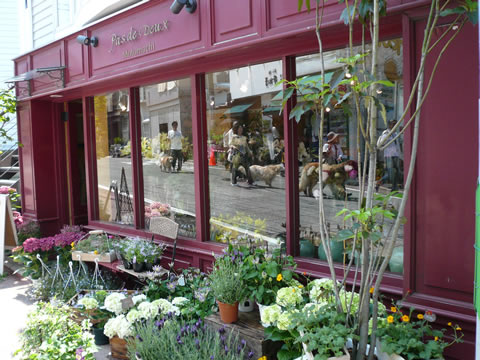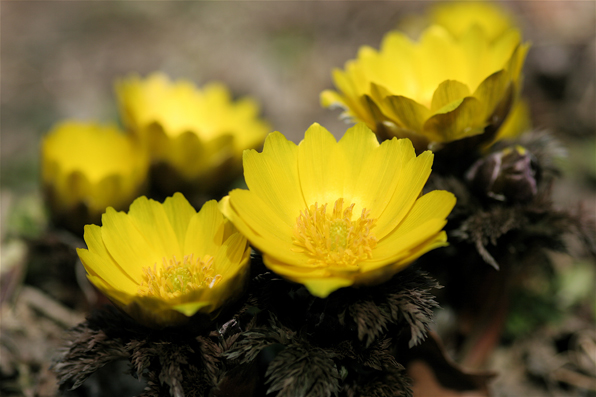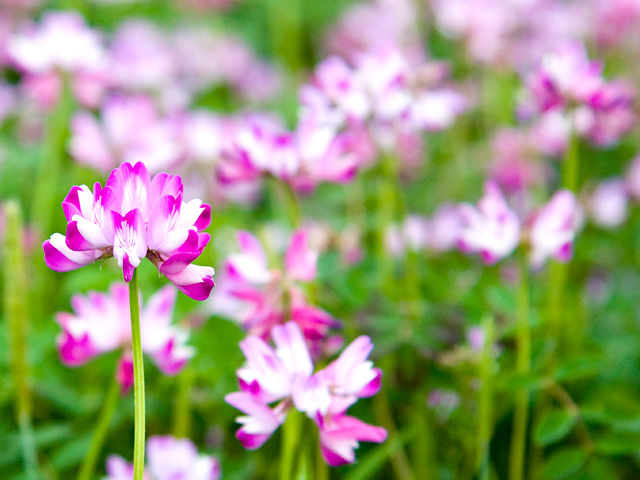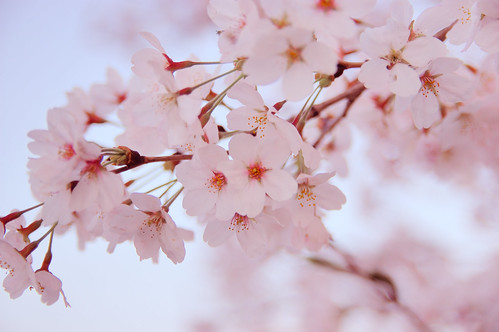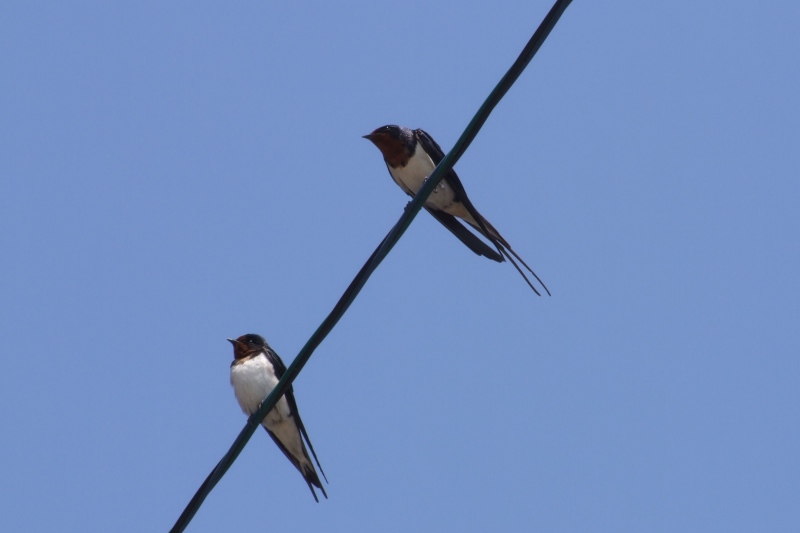
Due to the recent abnormal world weather, it seems like to be in a rainy season here in Thailand, now. We hardly see sunshine, and it rains everyday under the threatening sky.
But yesterday only for a few hours, the sun came out in the blue sky and fresh breeze blew across the city. A few swallows seemed to be enjoying the temporary fine weather, and everything looked just peaceful in a fresh air.
Today's song is 'Pedal'. (Speaking of a pedal in Japanese, the meaning is bicycle pedals.)
This is the first song in Fujifabric's 3rd album, 'Teenager' released on 23rd January 2008.

Each fan surely has his/her own individual point of view towards songs, but 'Pedal' reminds me a fine sunny early summer day always by somehow.
A dry sunny day - not too hot, not too cold. A fresh breeze blowing down from the clean blue sky to the ground. This is the typical weather in May in Japan, but not too sure Shimura kun who wrote the music and lyrics really meant it or not.
And I always imagine a bicycle running across the high sky towards the green field at the foot of Mt. Fuji, and I, myself get on the wind breathing in the fresh air deeply and fly away chasing the bicycle.
'Pedal' definitely comes to the top 5 of my favourite Fujifabric songs because of its magical charm.
Mr. Keisuke Imamura, who had been in charge of Fujifabric since their debut in EMI Toshiba, also said in his interview, "listening to 'Pedal' makes me feel a bicycle is going to pass across the sky", so many of us might have a similar impression. (in a magazine, 'Talking Rock!' July 2010).
By the say, the provisional title of the songs was 'Bicycle Thieves'. Does it make sense to you...?

Mr. Imamura said that on the day in December 2010 that he said the last good-bye to Shimura kun in Fujiyoshida City, he walked back to the train station listening to 'Teenager'. He felt that the songs and the city suddenly came together and integrated into one. 'Pedal' made him feel the existence of an bicycle across the Fujiyoshida clear sky, and a subtle world of the present, the past and the future stay at the same time.
When Shimura kun made the song, he intended to use the rhythm of bass drum in the song at the speed of his paces of a normal walk. (in FAB BOOK). It may be due to this effect, the song goes on at 'matter-of fact' pace, and instruments and the chorus join in the harmony after one another, building up its beautiful inimitable sounds when the songs goes by.
Mr. Yuta Sawanobori, a reporter and a writer of Yamanashi Daily Newspaper, wrote an article about Fujifabric's 3rd album, 'Teenager' dated on 27th May 2008, and he explained that "'Pedal' gives you the feeling of 'pushing up the sky'".
I could not attend the last concert of 'Teenager Fan Club Tour' in Fuji Goko Cultural Centre in Fujiyoshida City on 31st May 2008, but it can be seen on DVD attached to the single CD of 'Sugar!!'.
Please have a look if you have not seen one yet. I have put up at the end of the post today.
When the light was turned off in the concert hall, a song called 'Daichi Sanshou' on CD was played. It was the one that Shimura's old junior high school students sung, including himself when he himself was a student there. After that, the hanging screen on the stage was opened when the beginning part of 'Pedal' being played.
This is a special 'Pedal'.
Enjoy listening!

